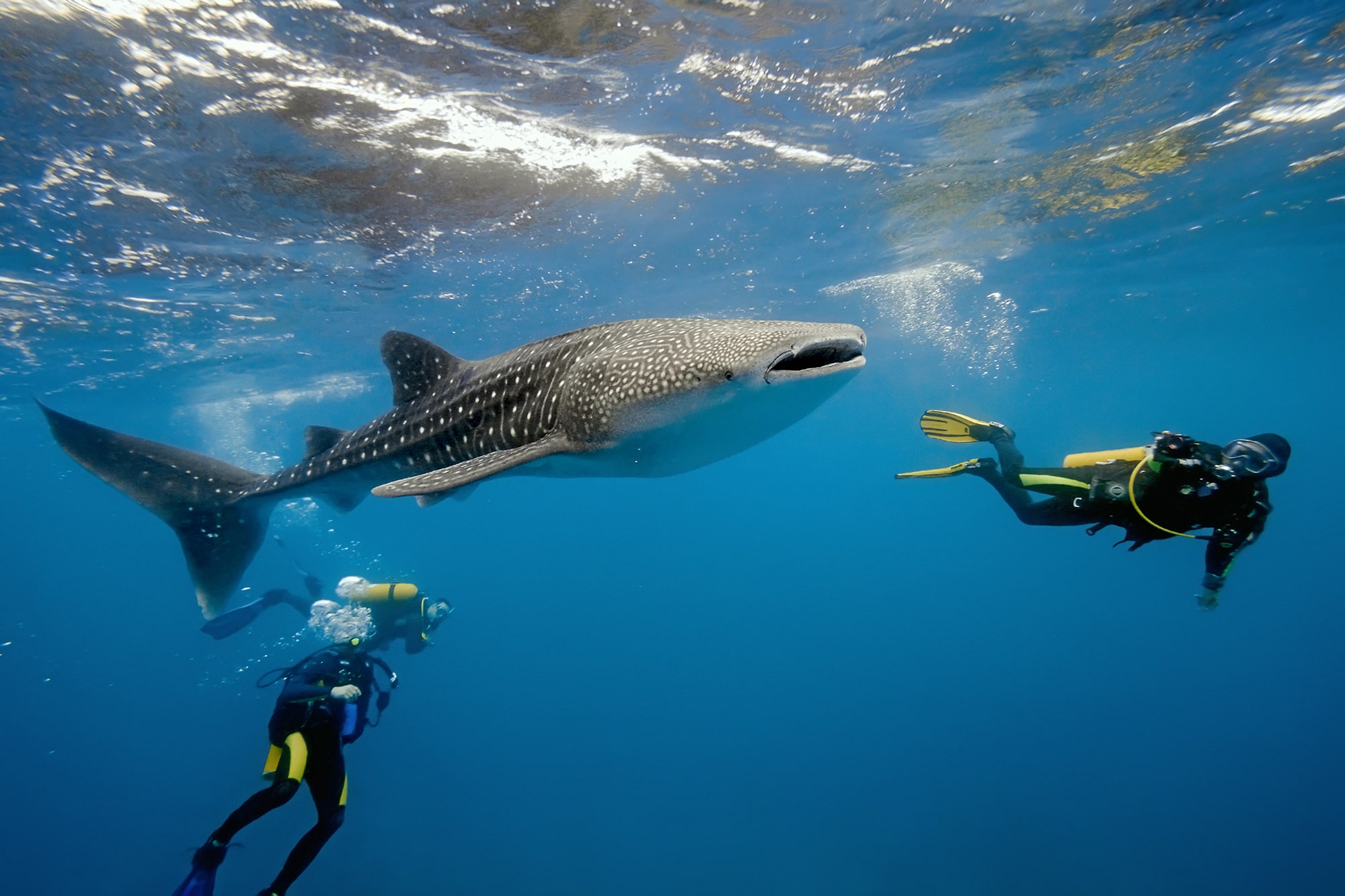Deciding Fast, Deciding Well
It's the middle of August in Egypt. Following the arrest of President Morsi, the social tension rises. The already dramatic internal situation precipitates. The Foreign Ministers from Russia, Italy and other European nations advise against travel to Egypt. The US arranges an evacuation of their citizens. Travel agencies start to cancel flights. Many Europeans take the advice of their respective ministers and accept the urging to evacuate. In under two weeks about 50,000 people are repatriated from various areas of Egypt, among which are Sharm el Sheikh, Hurghada and Marsa Alaam, on the Red Sea.
With a restricted number of flights available, we needed to decide fast – recalls Professor Alessandro Marroni, President of DAN Europe – and those who agreed to return home needed to take a flight on the run. For many divers that meant an elevation in altitude well before the "No-fly" time advised by dive computers, by training agencies, and… by DAN!
It's one of those situations where a diver, even a disciplined one, is forced to do something that goes against their training and culture, dismissing such eventuality with a "can't happen to me" attitude. Never say never; and for those who decided to be returned to their countries, it was not an easy choice, without counting some additional issues:
With medium-distance flights between Europe and Egypt, like the Boeing 737, for example, the cabin is pressurized at a much higher equivalent altitude, often beyond 2,400 metres, in contrast to the average 1,800 metres for overseas flights. Also, the pressure in the cabin lowers very quickly. This technical characteristic represented a higher risk factor in itself. – Prof. Marroni describes a difficult scenario, where hundreds of divers in departure begin to contact DAN to ask for advice. It meant having to attend an exodus of divers resolved to leave with their eyes still aglow with the incredible beauty of the sea, but their bodies still containing nitrogen from numerous, consecutive dives.
We had to get the divers to let go of as much nitrogen as possible before boarding the flight, and at DAN, we haven't been caught unprepared; in fact we "recycled" the procedure of "denitrogenization," already used during the "Flying Bubbles" tests, our study concerning flying after a week of dives. Back then, we noted that breathing oxygen for one or two hours could significantly help reduce the number of micro-bubbles, which develop in the tissues once in altitude.
What Prof. Marroni describes me are measurements taken in flight, doppler scans carried out on board of real planes, with real divers who had undergone a series of real dives in the Maldives. None of these divers, however, had boarded a plane fast and furiously, pressured by alarms and government arrangements. The situation in the "Flying Bubbles" study was a normal one, with all the time intervals respected. The situation of the exodus from Egypt, however, was far from normal… but still it had to be dealt with.
It was a great networking operation – Marroni explains – where travel agencies, crews, diving centers and airlines all were deployed for the safety of the divers departing. Oxygen was available in the diving centers and also on the planes. We got the airlines and their crews involved, we told them how to identify the symptoms of Decompression Sickness and how to manage a patient. Until that moment, the use of oxygen onboard was designed for other purposes, like decompressing the cabins or other accidents. We opened an around-the-clock line of communication with the cockpit to coordinate the running of potential emergencies with the plane personnel.
Everyone offered their participation – Marroni is excited about the support – You want to know how we were able to activate such a network? Simple… by contacting the pilot who had participated in the "Flying Bubbles" programme; we had become friends. Thanks to his enthusiasm and interest, we were able to reach out to the other airlines.
From there, it all snowballed. This is the power of enthusiasm from a passionate individual. Still, doubts remained: nitrogen is an inert enemy; it doesn't get attached to anyone, or get passionate about anything… it doesn't use Facebook.
There wasn't a single case of Decompression Sickness, not one – Marroni doesn't tell me this as it was the most natural thing in the world. In fact the case studies bring to mind a need for new protocols, and DAN, with or without nitrogen, is interested in flights, and is striving to bring onboard planes sophisticated equipment that evaluate the tympanic and tubal responses to compensation. Now getting back to the nitrogen… How the nitrogen didn't come to cause any damage, that's what we want to know more about. Though, if I try to think of an answer to this question right now, the favourite saying of researchers, included Multivac, comes to mind: "We don't have enough data to formulate a coherent answer…" as the supercomputer says in a famous story by Asimov. We will have to wait, of course, but certainly not as long as it will take to find a solution for the entropy dilemma.
There were no accidents. Everything went well… – Prof. Marroni repeats.
It is satisfying. Hundreds of divers flew within a critical window of time without developing DCS, simply by breathing oxygen before boarding. It was extremely good luck; in the first place, for the divers who didn't show any symptoms, and second, for the opportunity to collect data on a large number of cases outside the normal limits, that, for obvious reasons of safety, had never previously been tested. Ultimately, wasn't chance one of the greatest forces of evolution?

